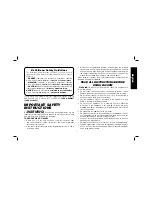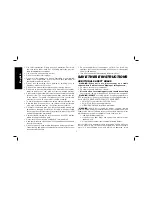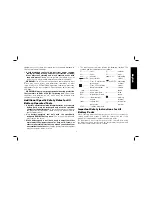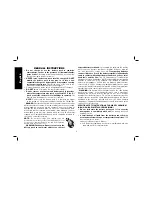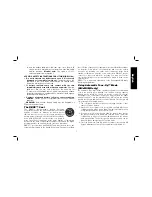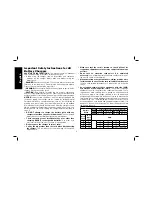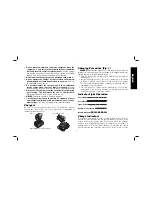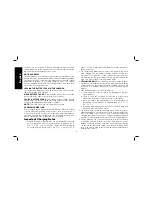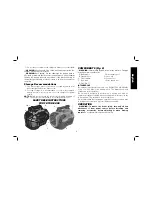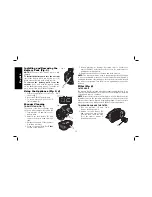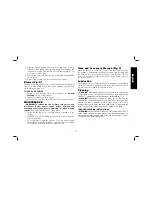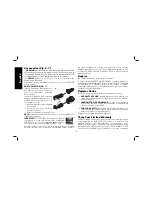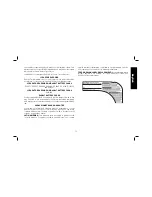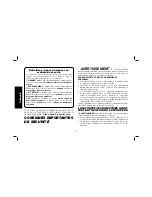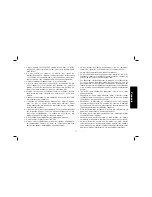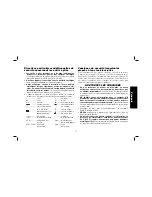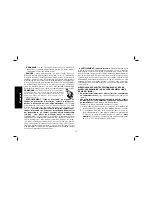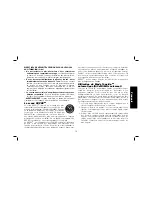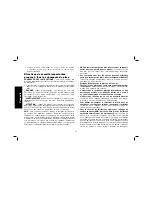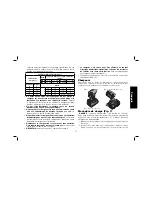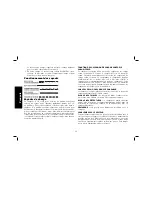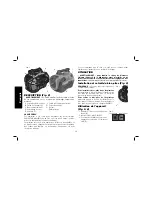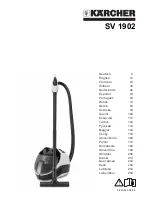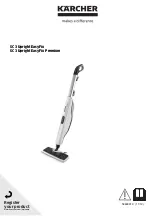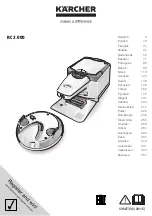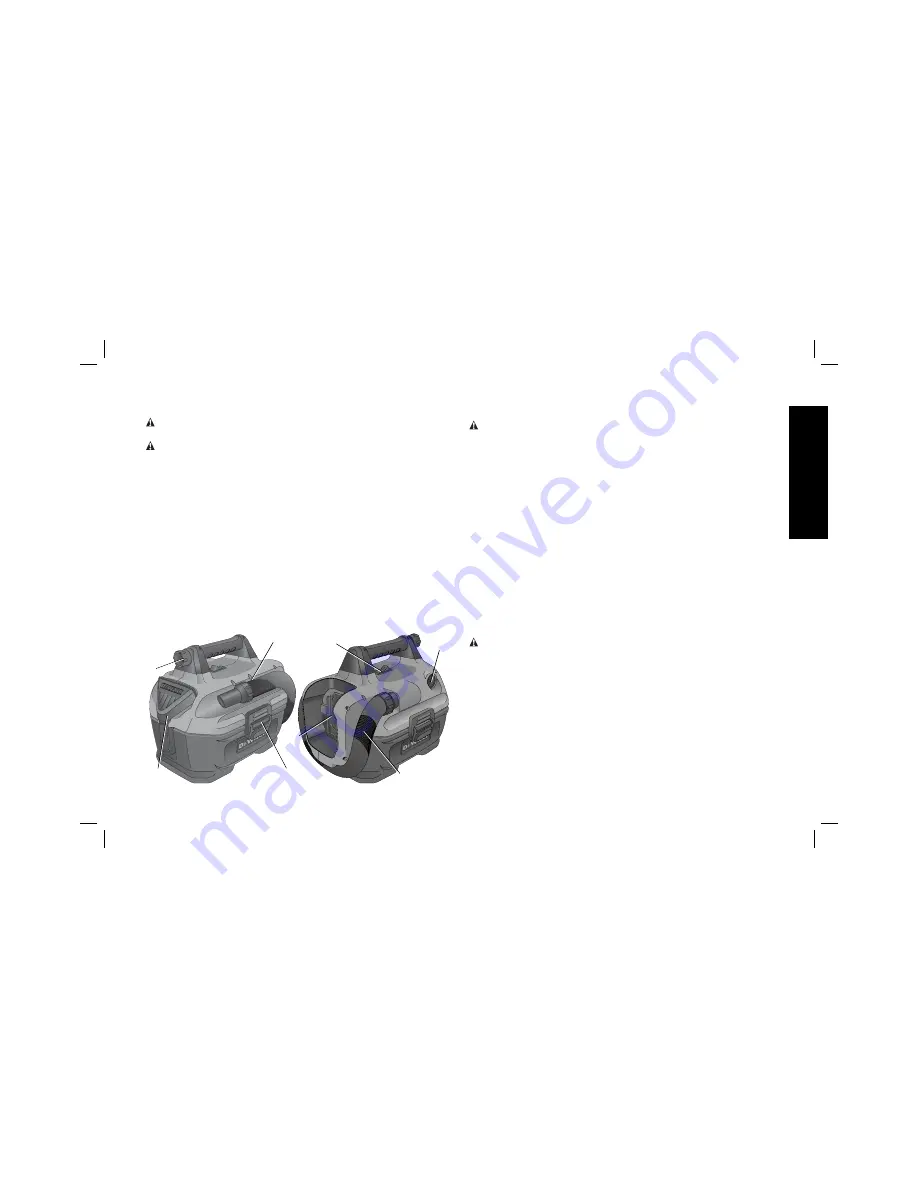
7. Do not freeze or immerse the charger in water or any other liquid.
WARNING:
Shock hazard. Don’t allow any liquid to get inside the
charger. Electric shock may result.
WARNING:
Burn hazard. Do not submerge the battery pack in
any liquid or allow any liquid to enter the battery pack. Never attempt
to open the battery pack for any reason. If the plastic housing of
the battery pack breaks or cracks, return it to a service center for
recycling.
Storage Recommendations
1. The best storage place is one that is cool and dry, away from
direct sunlight and excess heat or cold.
2. For long storage, it is recommended to store a fully charged
battery pack in a cool dry place out of the charger for optimal
results.
NOTE:
Battery packs should not be stored completely depleted of
charge. The battery pack will need to be recharged before use.
SAVE THESE INSTRUCTIONS
FOR FUTURE USE
FIG. 2
B
D
F
C
G
I
H
A
COMPONENTS (Fig. 2)
WARNING:
Never modify the power tool or any part of it. Damage
or personal injury could result.
A. Battery port
B. Vacuum hose
C. On/off button
D. Tank latch
E. Filter (Fig. 5)
F. Side exhaust port
G. Hose clip
H. Crevice tool
I. Wide nozzle tool
INTENDED USE
The vacuum is designed to operate on a D
E
WALT 18V NiCd/NiHiD/
Li-Ion or a 20V Max* Li-Ion battery pack. The battery pack and
charger are sold separately
.
The vacuum is designed to perform as a wet/dry unit with no
component changes required when changing from wet to dry, or dry
to wet pick up. This vacuum is for household use.
It is recommended that the tank be emptied of any dry contents prior
to being used for wet pick up to facilitate tank cleaning.
OPERATION
WARNING: To reduce the risk of injury, turn unit off and
disconnect it from power source before installing and
removing accessories, before adjusting or when making
repairs.
An accidental start-up can cause injury.
English
9
Summary of Contents for DCV580
Page 2: ......



